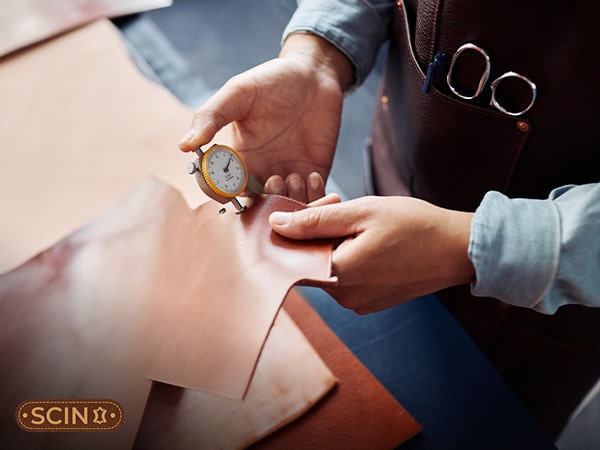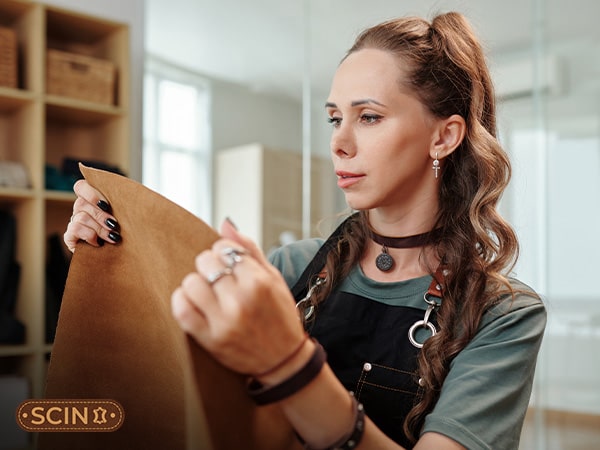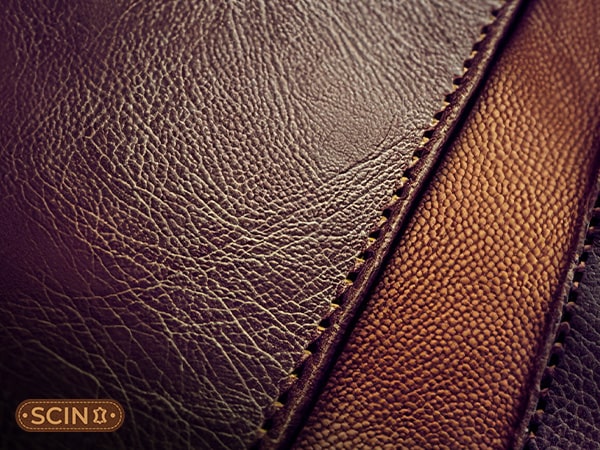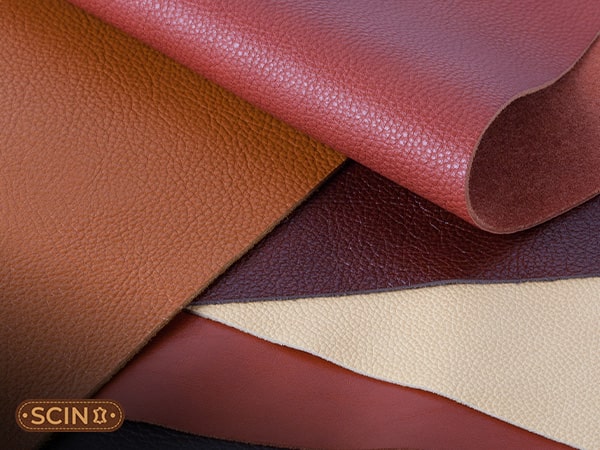When shopping for leather products, terms like “real leather” and “genuine leather” can be confusing. Both seem to suggest authenticity, but they are quite different in quality and durability. Thus, understanding the difference between real leather vs genuine leather helps you make informed choices when purchasing leather goods.
Real leather is well-known for its quality and longevity, making it ideal for high-end items like leather jackets, bags, and furniture. Whereas, genuine leather is often used for more budget-friendly products. It might not last as long, but it can still offer a good appearance and feel at a lower price. By knowing these differences of real leather vs genuine leather, you can choose the right type of leather to suit your needs and budget.
What is Genuine Leather?
Genuine leather is a type of leather made from the lower layers of animal hide. It is close to real leather, but not as high-quality as top-grain or full-grain. But what does genuine leather mean?
The term “genuine” can be misleading because it suggests high quality, but it actually refers to the fact that the leather is real and not synthetic. Genuine leather is often used in products like belts, shoes, and bags. It is more affordable than higher-grade leather, but it may not last as long or look as nice over time. Genuine leather can be dyed and finished in many ways, giving it a wide variety of looks and textures. Despite being less durable, it still offers the classic feel and smell of real leather.
What is Real Leather?
Real leather comes from animal hides, such as cows. It is strong, flexible, and has a unique feel. Real leather has two types: full-grain and top-grain. Full-grain is the best type of leather which comes from the top layer of the hide. It also has a natural look with visible grain patterns, is very strong and lasts a long time. Whereas, top-grain is also high quality but comes from just below the top layer. It’s sanded and polished to look smooth and clean, but it’s still strong and durable.
Unlike fake leather, real leather breathes, making it comfortable to wear. It has a special smell and looks better with age, developing a shiny finish called a patina. Real leather is used to make durable stuff like shoes, bags, leather jackets, and furniture. Moreover, taking good care of leather helps keep it in good shape. Though it costs more than fake leather, real leather lasts longer and looks nicer. It’s a popular choice for people who want high-quality, durable products.
How Can You Tell if Leather is Real or Fake?
When we talk about real leather vs genuine leather, another question that arises is how can you tell if leather is real or fake? When you’re shopping for leather products, like bags or leather jackets, it’s important to know if the leather is real or fake. Real leather comes out of animal hides and has a unique feel and look, while fake leather is made using synthetic materials. Knowing how to tell the difference can help you make better choices. So, let’s explore some simple tips and tricks to help you figure out if leather is real or fake. Whether you’re buying new items or checking what you already own, these easy methods will help you spot the difference.
Check out the Appearance
To tell if leather is real, look closely at how it looks. Real leather often has tiny imperfections and natural markings. Fake leather usually looks too perfect and smooth. Check the surface for uneven textures or small scars. Real leather can show natural wrinkles and folds, while fake leather looks more uniform. Also, look at the edges of the material. Real leather often has a rougher edge and texture, while fake leather might look more even and smooth in comparison.


Feel of the Material
Another way to check if leather is real or fake is to feel the material. Real leather feels soft and warm to the touch. If you press it, it should feel flexible but still sturdy. Fake leather often feels cold and stiff. You can also try bending the material. Real leather will bend and wrinkle slightly, while fake leather might not move as naturally. If you’re unsure, try comparing it to a known piece of real leather for a better comparison.
Inspect the Label
One of the easiest way on how to tell if leather is real or fake is to check the label. If you find words like “genuine leather” or “full-grain real leather” on the tag then it is real leather. However, if you see words like “synthetic” or “faux leather”, it means the material is not real leather. Also, check the care instructions. Real leather will often have special care instructions, while fake leather might not. If there’s no label at all, it might be a good idea to ask the seller for more information.


Smell of the Material
One more way to check if leather is real is to smell it. Real leather has a distinct, natural smell that’s often known as earthy or musky. If you notice a strong chemical or plastic smell, the material is probably fake. Fake leather often has a synthetic odor because it’s made from man-made materials. Be sure to get close to the material and take a good sniff. The smell test can be a quick way to help you figure out if the leather is real.
More Ways to Check
Besides the label, appearance, feel, and smell, there are a few more things you can check to tell if leather is real or fake. Look for a certification stamp or you can also do a water test by putting a drop of water on the leather. Real leather will absorb the water slowly, while fake leather will let the water sit on top. If you’re still not sure, consider asking a professional or getting a second opinion from someone knowledgeable.


